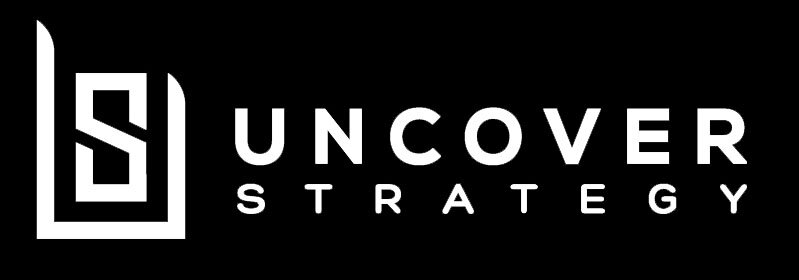Here's What People Are Saying About Innovation Acceleration.
Pace.
I could see many people roll their eyes just after the presenter put up a big, white slide with the only word "Innovation" being on it. Somewhat, I think that I was able to feel that I hear their monologues in their heads unafraidly shouting out "BOORING" or "You don't say?" or even "Seriously man you are wasting my time I know all this".
Source: xentity.com, 2021
"Innovation is more important than ever." That was what the speaker was saying at a Brisbane-located event I attended a few days ago. But because he did not explain what was so new about this he sealed his fate with the audience and lost all remaining attention.
Nothing new?!
Fair enough, we heard this word maybe too often. And maybe my blog isn't any better (apologies for the continuous use of that word on here). I read tons of articles and papers where the first headline is ALWAYS something along the lines of "we need to be more innovative" or "be more creative to innovate" or blablabla...
I'm with you on this one. No, seriously. It's boring. You heard it a gazillion times. I get it.
Certainly, these evergreen truths are hard to bear after a while. And we don't need to pay someone to tell us this simple fact - we all can Google, right? But in recent decades something has changed surrounding this fact. Something fundamentally.
Change.
“Innovation is moving at a scarily fast pace.”
No idea why it is always Bill Gates that I quote in my posts (but I feel no shame). He hits the nail on the head of what we see today. Why is that you ask? Look at the graph below.
Source: Intelligent buildings: Design, management and operation (pp.313-323), 2013
It might be a bit cluttered, but you can see how the solid lines (old tech) representing automobiles and telephones hold up to the dotted lines (somewhat newer tech but vastly excluding the newest tech such as AI or ML). While the automobile and telephone took over a hundred years to reach a 90+% market penetration, newer technologies such as the "net" or personal computers took off at a much faster pace. So we can see a big shift from the right to the left.
While the VCR recorder is undoubtedly not a "new" technology and also represented as a dotted line as well as the invention of some sparks that make our lights go on (electricity) the claim seems feasible that comparatively newer technologies are reaching market penetration more easily than ever before.
Source: Intelligent buildings: (Altered Image) Design, management and operation (pp.313-323), 2013
Wrap up.
The point in this whole thing?
The pace.
Timo Elliot condensed it well in his blog article from 2018 and his graphic puts all this in one simple picture (even though it looks at the integration of one innovation, it can be equally seen for the “bulk” of innovation happening today).
Source: Timo Elliott, 2018
The pace of innovation is accelerating exponentially. New technologies represent innovation in this graph. This increase is NOT a linear thing. That's worth re-reading. And because we humans have trouble understanding exponentiality (including me) let me put this in some numbers here. "Over the last two years alone, 90% of the data in the world was generated," reports Bernard Marr in a Forbes article. Let that sink in. And it doesn't get any better if tell you that article is four years old from today!
Are you giving innovation pace the thoughts it deserves? What are you doing that keeps constantly reminding you of the exponentiality? Let me know in the comments, via mail or by social media - I would love to hear your thoughts.






